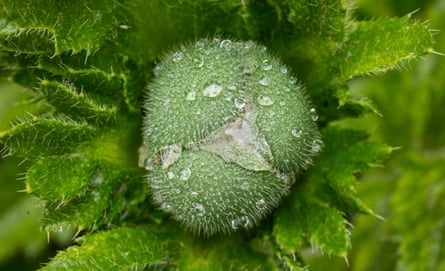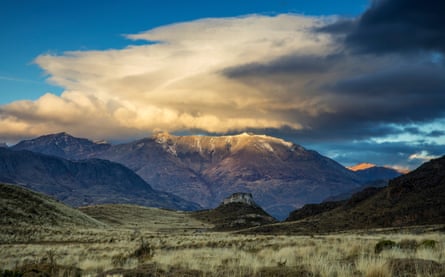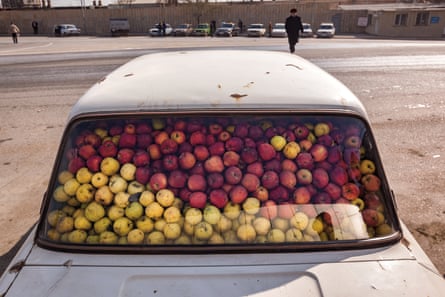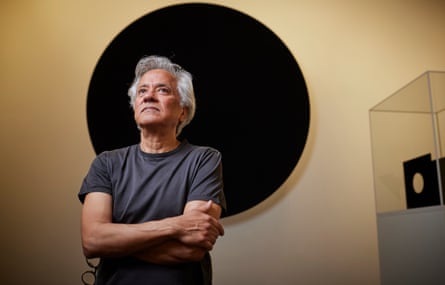The award-winning Guardian photographer David Levene offers tips on how to get a good picture.
Get closer
Be bold and get close to your subject rather than shooting from afar – that may either make your subject too insignificant in the frame or mean that unwanted elements creep in to your composition.
If you are super-close, then try using wide-angle lenses, which might make your images feel more dynamic. Get creative with shooting angles: see how your subject looks from down low, or find a high vantage point from which to shoot down. Check out alternative points of view rather than just accepting what you see before you.
 View image in fullscreenA closeup of ‘Patty’s Plum’ at the 2019 Chelsea flower show. Photograph: David Levene/The Guardian
View image in fullscreenA closeup of ‘Patty’s Plum’ at the 2019 Chelsea flower show. Photograph: David Levene/The Guardian
See the light
As obvious as it sounds, it is worth remembering that photography is dependent on light and, in general, good-quality light will help you to produce more impactful imagery. Sure, golden hour (the period just after sunrise or just before sunset) can be beautiful but you might find more interesting conditions just before sunrise or after sunset, as the blue evening shade mixes with the orange and yellow glows of urban night-lighting.
 View image in fullscreenPatagonia national park, Aysén region, Chile. Photograph: David Levene/The Guardian
View image in fullscreenPatagonia national park, Aysén region, Chile. Photograph: David Levene/The Guardian
Shoot on manual
If you are using a standalone camera, see if you can operate it on fully manual, or semi-automatic, modes and experiment with different apertures and shutter speeds. Soften the background (if you are relatively close to your subject) by shooting with a wide aperture, such as f2.8. Experiment with long shutter speeds, perhaps even moving the camera while exposing your photograph, to see what kind of results you can get. If you are using a phone camera, you should be able to switch off the automatic flash, and may be able to override other settings, too.
Get good glass
Invest in better lenses to see an immediate improvement in your photographs. Beyond the “kit” lenses that might come as standard with your camera, you will find better contrast and sharpness with fixed focal length or better-quality zoom lenses. “Fast” lenses (those that achieve a wider aperture) will also allow you to shoot more effectively in lower light conditions.
Shoot in raw
 View image in fullscreenA car filled with apples in Azerbaijan. Photograph: David Levene/The Guardian
View image in fullscreenA car filled with apples in Azerbaijan. Photograph: David Levene/The Guardian
All modern DSLR and mirrorless cameras (and even some smartphones) will allow you to shoot raw files (such as CR2, NEF or DNG). These retain far more information than Jpegs, which compress files by discarding information and detail. You will need more memory card space and hard drive storage but your images will have far more scope when it comes to processing them.
Give your pics a pep
 View image in fullscreenThe sculptor Anish Kapoor at the Gallerie dell’Accademia in Venice, Italy. Photograph: David Levene/The Guardian
View image in fullscreenThe sculptor Anish Kapoor at the Gallerie dell’Accademia in Venice, Italy. Photograph: David Levene/The Guardian
Experiment with some of the basic adjustment tools in programmes such as Photoshop, Lightroom or Capture One to find ways to enhance your images. Tools such as exposure, shadow detail (HDR), clarity and vignetting can do wonders for your photographs (particularly if you’re shooting in raw). Don’t overdo it, though.



